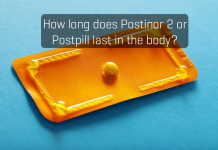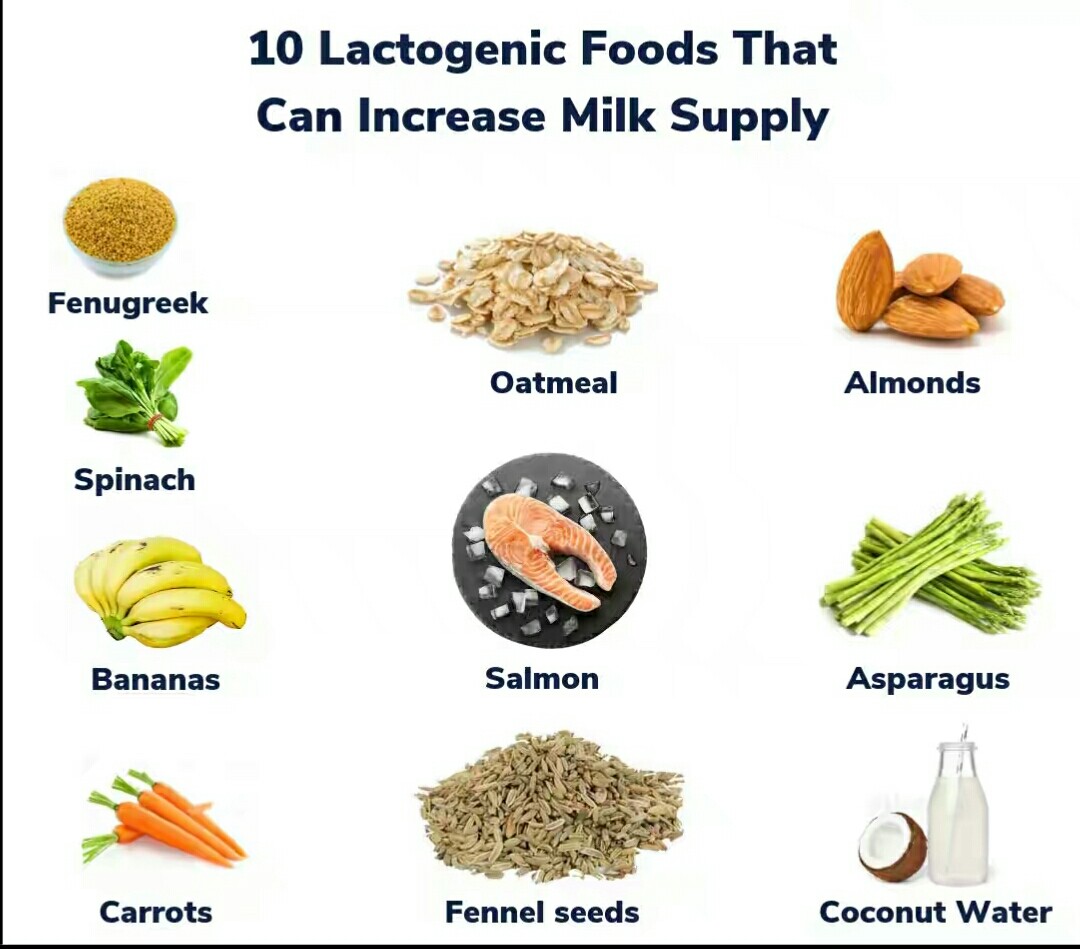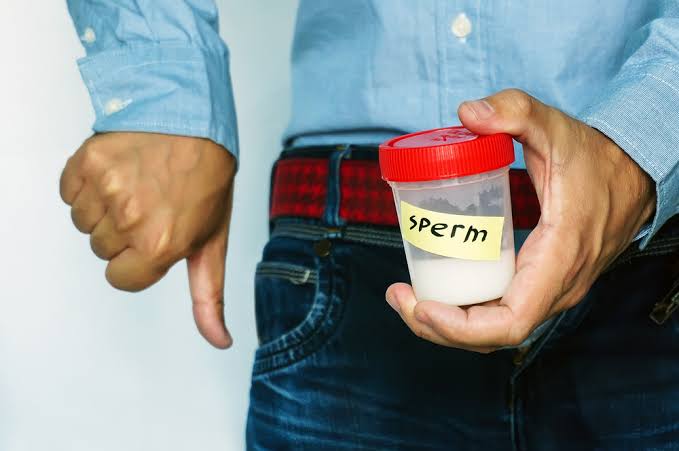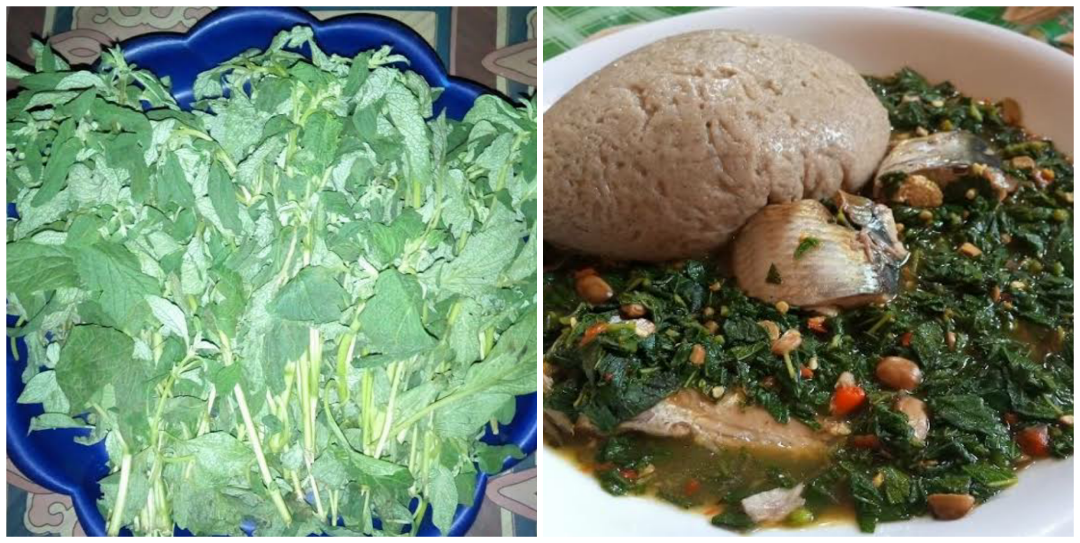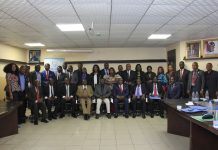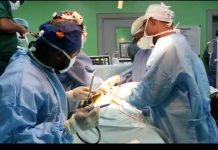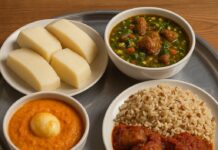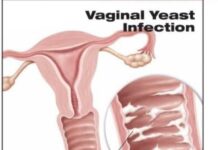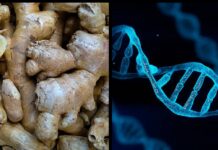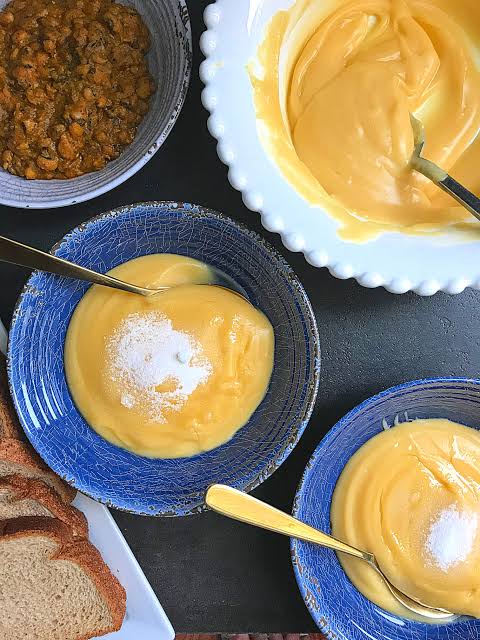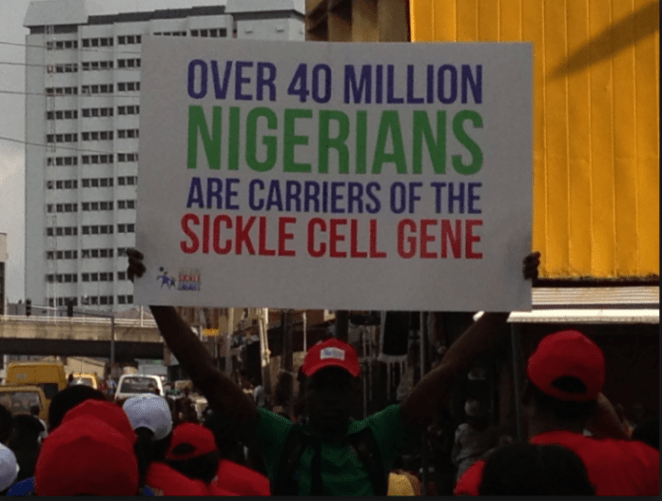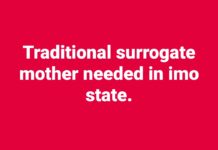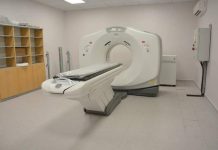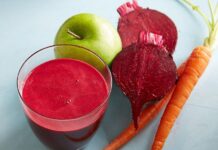Percentage of persons with sickle cell anemia across the 36 states in Nigeria.
Good morning, sickle cell anemia is a disease that is now endemic in Nigeria and many persons especially researchers, public affairs analysts and health professionals have been having some difficulties sourcing the actual epidemiology and spread of the disease across Nigeria. This is evident in their google searches as shown below in the last couple of years… 👇
“Prevalence of sickle cell in northern nigeria
Prevalence of sickle cell anemia in Nigeria
Sickle cell nigeria statistics
Facts about sickle cell in Nigeria
Epidemiology of cell disease in Nigeria
prevalence of sickle cell disease in kano
Prevalence of sickle cell anemia in the 36 states of Nigeria.”
Well, search more, the National Demographic and Health Survey (NDHS) released a reliable 2018 report on the statistics of sickle cell in Nigeria using the yardstick of age, states and geopolitical regions. I hope you find it useful.. .. .
👇👇👇👇👇👇👇👇
Prevalence of Sickle Cell Anaemia in Children: Genotype status – (HbSS), %
Kano: 2.4
Abia: 2
Kogi: 1.8
Taraba: 1.7
Jigawa: 1.6
Nasarawa: 1.4
Imo: 1.4
Ondo: 1.4
A/Ibom: 1.3
Osun: 1.3
Oyo: 1.2
Benue: 1.1
Bayelsa: 1.1
Plateau: 1
Borno: 1
Sokoto: 1
Ekiti: 1
Anambra: 0.9
Adamawa: 0.8
Bauchi: 0.8
Kwara: 0.7
Gombe: 0.7
Ebonyi: 0.7
Ogun: 0.7
Niger: 0.6
Yobe: 0.6
Katsina: 0.6
Kebbi: 0.6
Zamfara: 0.5
Enugu: 0.5
Lagos: 0.1
Interpretation: Kano state has the highest prevalence of sickle cell anemia in Nigeria. That is, Kano has the highest number of persons living with sickle cell disease in Nigeria. This is closely followed by Abia. However, Lagos has the least number of persons living with sickle cell anemia in Nigeria with 0.1%.
Prevalence of Sickle Cell Anaemia in Children by geopolitical regions: Genotype status – (HbSS)
North West: 1%
South East: 1%
North Central: 0.9%
North East: 0.9%
South West: 0.8%
South South: 0.3%
Interpretation: By geopolitical regions, North West and South East have the largest population of individuals with sickle cell anemia. South south however , has the smallest percentage of persons with sickle cell disease.
The percentage of persons with the normal genotype AA in Nigeria
Prevalence of HbAA Genotype status – Normal (HbAA) by States.
Bauchi: 85.2
Abia: 84.5
Ondo: 83.7
Cross River: 83.4
Adamawa: 83.3
Plateau: 83.1
Katsina: 82.7
Rivers: 81.4
Gombe: 81.1
Imo: 81
Benue: 80.9
Bayelsa: 80.8
Sokoto: 80.6
Zamfara: 80.6
FCT: 79.8
Akwa Ibom: 79.5
Nasarawa: 79
Ebonyi: 78.8
Anambra: 78.4
Edo: 78.4
Kaduna: 78
Niger: 77.8
Delta: 77.8
Kogi: 77
Enugu: 76.8
Kebbi: 75.7
Borno: 75.3
Taraba: 74.8
Ekiti: 73.4
Kwara: 72.8
Kano: 72.5
Jigawa: 72.4
Ogun: 72.4
Lagos: 69.1
Oyo: 68.7
Yobe: 68.4
Osun: 68
Interpretation: Bauchi and Abia has the highest number of persons with AA genotype while Osun has the least with 68 percent.
Percentage of persons with HbAA genotype by regions.
South South: 80.2%
South East: 79.5%
North Central: 78.9%
North East: 77.9%
North West: 77.5%
South West: 70.8%
Percentage of children age 6-59 months classified as having Sickle Cell Disease (SCD) by States
Oyo: 2.8
Lagos: 2.7
Osun: 2.6
Kogi: 2.4
Kano: 2.4
Taraba: 2.2
Kwara: 2
Abia: 2
Nasarawa: 1.8
Ekiti: 1.8 Ondo: 1.8
Ogun: 1.7
Yobe: 1.6
Jigawa: 1.6
Imo: 1.4
Akwa Ibom: 1.3
Kebbi: 1.2
Enugu: 1.2
Benue: 1.1
Katsina: 1.1
Bayelsa: 1.1
Niger: 1
Plateau: 1
Borno: 1
Sokoto: 1
Anambra: 0.9
Ebonyi: 0.9
Adamawa: 0.8
Bauchi: 0.8
Gombe: 0.7
Zamfara: 0.5
Percentage of children age 6-59 months classified as having Sickle Cell Disease (SCD) by geopolitical regions
South West: 2.4%
North Central: 1.3%
North East: 1.2%
North West: 1.2%
South East: 1.1%
South South: 0.3%
Let us continue this sickle cell awareness in Nigeria.
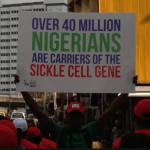
Source:
NDHS 2018 via StatiSense
Featured Image: HowAfrica




